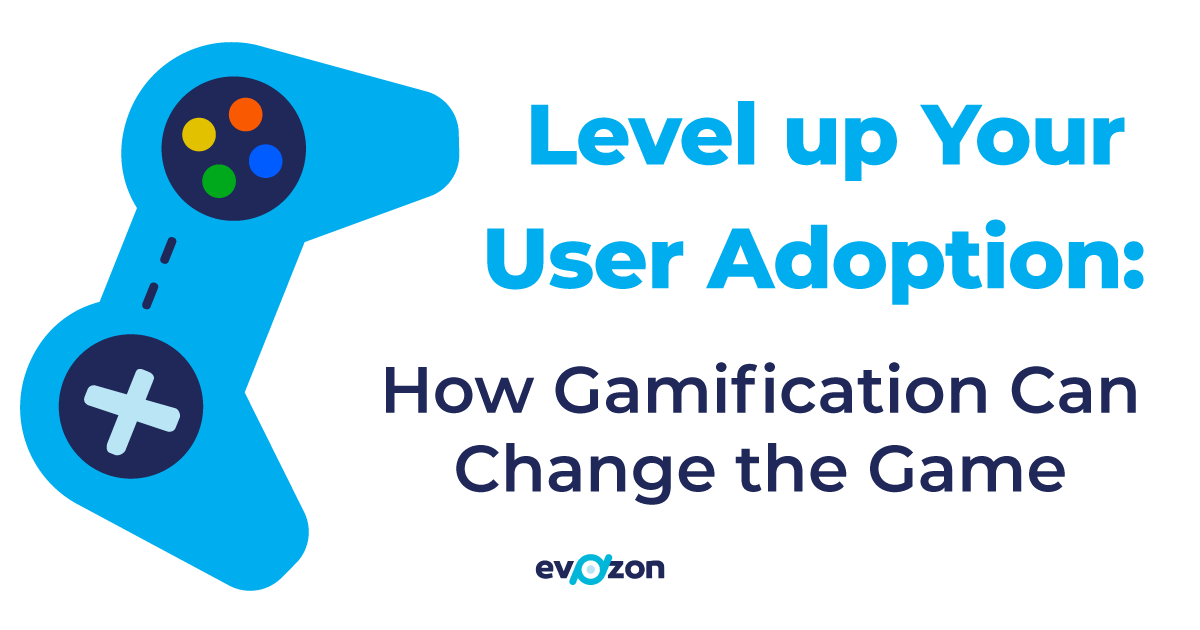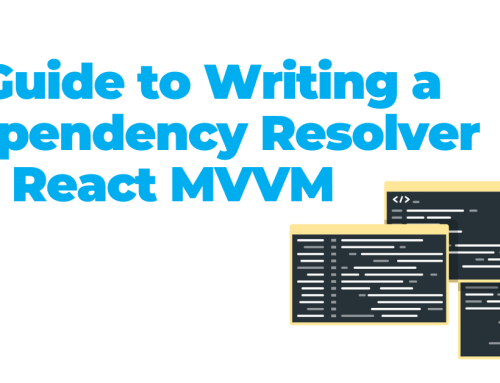Any new product entering the market should aim for high user adoption rates, but that’s not always easy to achieve. There’s good news, though: gamification is one promising way that ensures an increase in user adoption. We’ll dig deeper into that in the following lines.
What is gamification? Let’s set the record straight:
The term gamification is often confused with making games for business or game-playing inside digital products. In reality, gamification means inserting game-like elements into non-gaming contexts. Imagine a fitness app that rewards its users with points or badges for reaching their fitness goals. In the Nike Run Club app, for example, after the user completes an activity, a new achievement such as the “Fastest Run” badge gets unlocked.

Screenshot from the Nike Run Club app
But, don’t be too quick to judge. Gamification doesn’t mean just giving the users some badges. That’s not enough. Below you’ll see how to effectively plan your gamification strategy and determine if the effort to implement it is truly worth it or not.
Gamification drives user adoption
The main purpose of gamification is to increase users’ engagement with a product. And, research suggests that engagement leads to increased system use. According to this article written by Kendall Sahl, a product manager with a background in User Experience, this process can be looked at in reverse as well, as engagement is considered to be a main pillar of user adoption. With this in mind, our focus will be on how to generate engagement through gamification.

Chain diagram representing the link between gamification and user adoption
Plan your strategy for an effective gamification
We’ll be following the 6 steps model proposed by Kevin Werbach in his book “For the Win: How Game Thinking Can Revolutionize Your Business. Werbach is a leading expert on the implications of emerging technologies and a professor of Legal Studies and Business Ethics at the University of Pennsylvania. Following his steps, we’ll walk you through essential aspects that have to be looked at before jumping straight to leaderboards, badges, and other game components that can be inserted into your product.
1. Let’s nail down the objectives
It’s time to define the objectives. To make it easier, you can start by answering the question: Why should your system use gamification? Then, establish what goals you want to reach through gamification, whether that means profit, usage, image, or brand loyalty. For instance, a progress bar on LinkedIn indicates the progress users are making as they fill out their profiles – this helps with increasing loyalty to the site.

Screenshot from linkedin.com
To play or to pass? When considering whether or not to use gamification you should be wary that it can’t solve everything. For example, a gamified system might not have such a big impact on B2B companies selling commodity products such as agricultural machines, fuels, or metals, as the interaction with the product is quite infrequent.
2. What do we want the players to do?
Should users behave in a certain way to contribute to your business goals? Should they create an account, add reviews, and share content with their friends? Take Booking.com for example. Once their users sign up, they automatically enter the Genius Program on level 1. This grants them a 1o% discount on their next trip. And, as they complete more and more stays, they progress to the next levels.

Screenshot from booking.com
To play or to pass? At this step, you should have a clear answer to the following question: Where would you derive value from encouraging a specific behaviour? If you can’t answer these questions, maybe gamification isn’t the way to go. You should also keep in mind that gamification is useless when extreme time or speed constraints are involved. Or, when the product deals with sensitive matters. Let’s take the example of a gamified blood sugar tracker. Treating it like a game might minimise the gravity of the issue.
3. But wait, who are the players?
You read it right, having well-defined personas for your players is crucial. Keep in mind that they might have different motivations to use your system. Some players want to express (build, create, or choose) others to collaborate (comment, like, share, or give), and so on. Let’s look at Stack Overflow, a Q&A platform where software developers get points for their contributions. On its own blog, Stack Overflow states that in the end, it is the desire to help others that account for its success, not its points system because gamification has never gotten people to do anything they didn’t already like to do.

Screenshot from stackoverflow.com
To play or to pass? Don’t forget to take into consideration possible conflicts that might arise. Ask yourself: can conflicts be avoided with existing motivational structures? Let’s take the example of an app used internally within an organisation. Employees might start treating game rules more seriously than work rules. What if this type of app uses a leaderboard to showcase the best employees in a certain time period? This might diminish the desire to collaborate or it might lead to an unhealthy sense of competition between co-workers.
4. Let’s plan out some activities
Think of what will make the players start playing and then what will make them keep playing. On Headspace, for example, a popular meditation app that offers a variety of mindfulness exercises and programs, users are motivated to return and use the app to avoid losing their daily streak. To create a meditation habit, streaks play an important role.

Screenshot from the Headspace app
To play or to pass? Gamification is ineffective if the core activity it relies on has no clear goal. We can think of Google News offering its users badges for reading articles. Because these badges didn’t represent anything, there was no sense of achievement and the system failed.
5. We can’t forget to make it fun
A system will not be fun to use just by declaring it as fun. Typically, popular games make use of various fun types such as people fun, hard fun, or serious fun. Apple watch combines hard and serious fun by encouraging its users to complete their activity rings which indicate the current progress on three types of activities: moving, exercising, and standing.

Screenshot from apple.com
To play or to pass? This is the moment when you should address these questions: Are your target activities sufficiently interesting? If there weren’t any rewards, would users still want to do them? If the answer is no, try thinking of what could make your system more fun. As Sandeep Burnman, a co-founder and chief of experience at an e-learning platform, puts in his article, your gamified activities should seem different from the mundane reality.
6. Let’s pick the right tools for the task
And lastly, it’s time to choose what game elements to use. There are dynamics (constraints, progression, relationships, narrative or emotions), mechanics (e.g. competition, collaboration, transactions, turns), and components (e.g. badges, points, levels, gifting). Strava, a social media and fitness-tracking app tailored for athletes, relies heavily on the relationship dynamic. This is implemented through a competition mechanic that uses a leaderboard component.

Screenshot from the Strava app
To play or to pass? Now we can think of the ideal candidate for gamification, which would be a product that depends on motivation, offers engaging challenges that follow a set of well-determined rules, and reinforces already existing reward systems. A well-known example of gamification done right is Duolingo. As language learning is a slow process that requires constant practice and repetition, Duolingo motivates its users to log in every day using streaks, daily goals, and a system based on lives that get refilled after some time.
Conclusion
User adoption happens when a user leaves an old system and moves to a new system that is considered better and more efficient. In this process, it is likely that the new system will face resistance, and not all users will want to change. One tool that can increase user adoption is gamification. But, as you might have noticed, there are many gamification strategies. What’s important to keep in mind is that you can use them to generate engagement and, ultimately, to increase the adoption of your newly launched product or feature.
Want to deepen your knowledge of gamification? There are lots of resources out there, but some of our recommendations are:
- “Actionable Gamification: Beyond Points, Badges and Leaderboards”, book by Yu-Kai Chou
- “Gamification & What it Means for Product Development” article by Luke Hymers
- “Gamification in the User Experience”, video made by NNGroup
- “Using Gamification to Build User Experiences”, Product Momentum Podcast, episode 3
Article written by Diana Gabor




